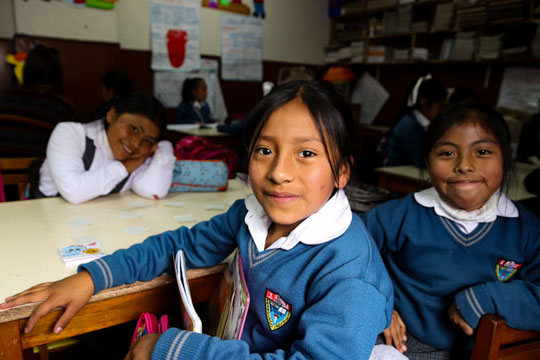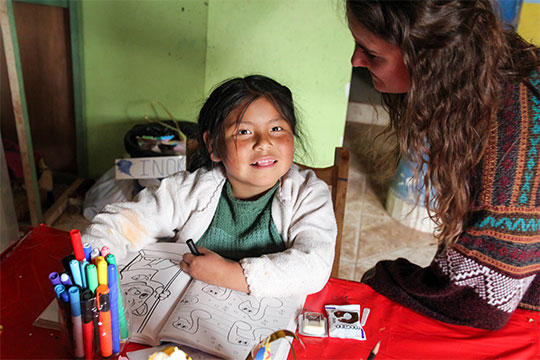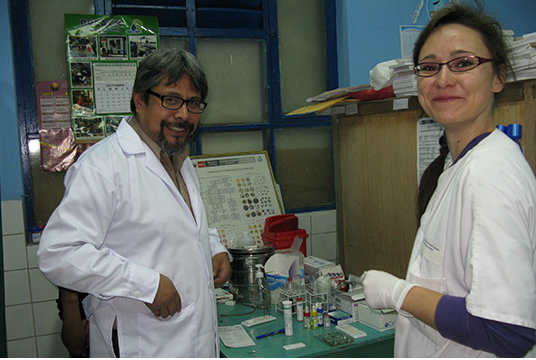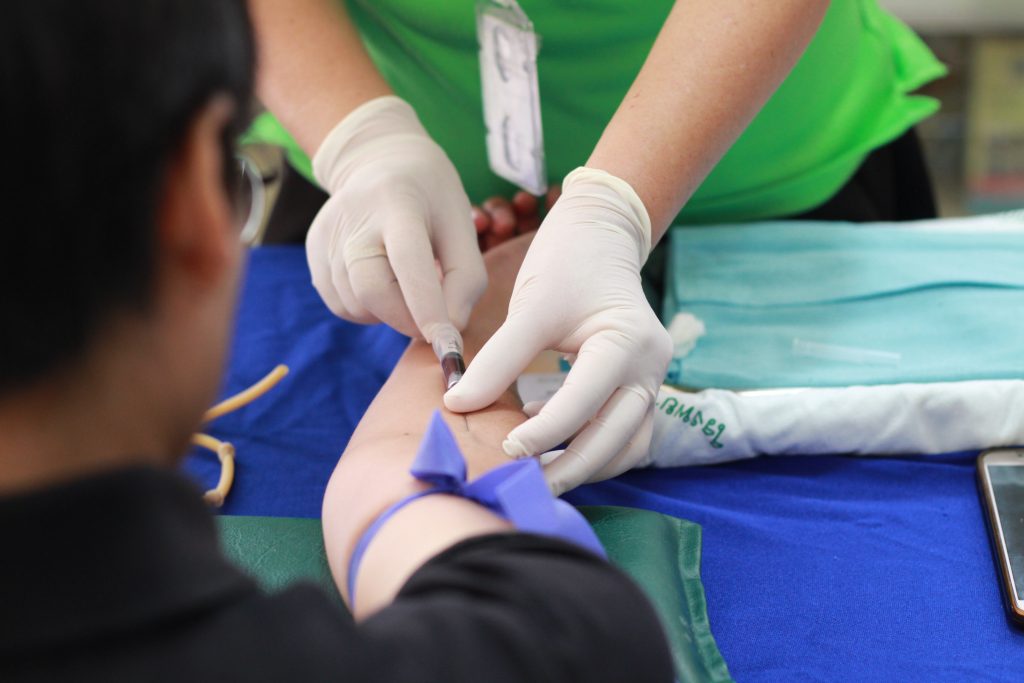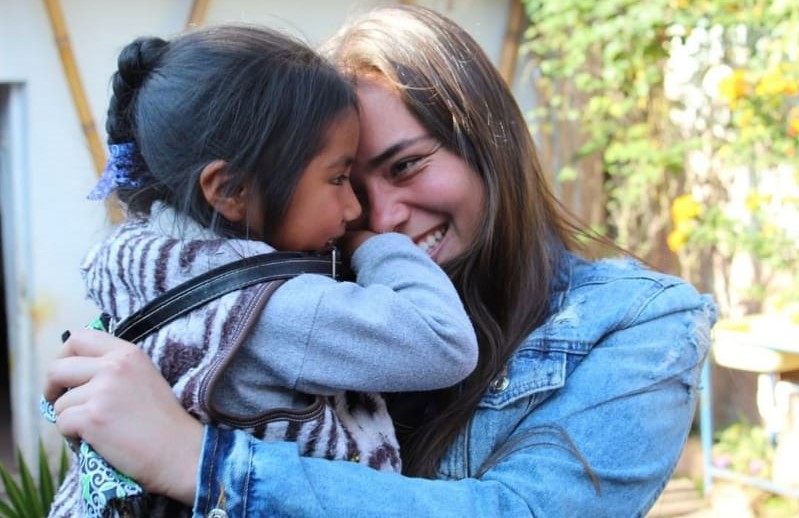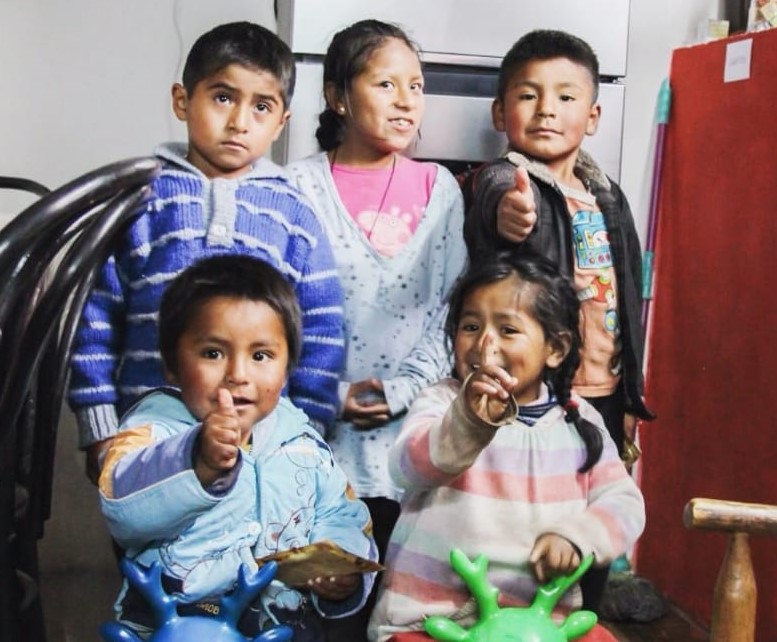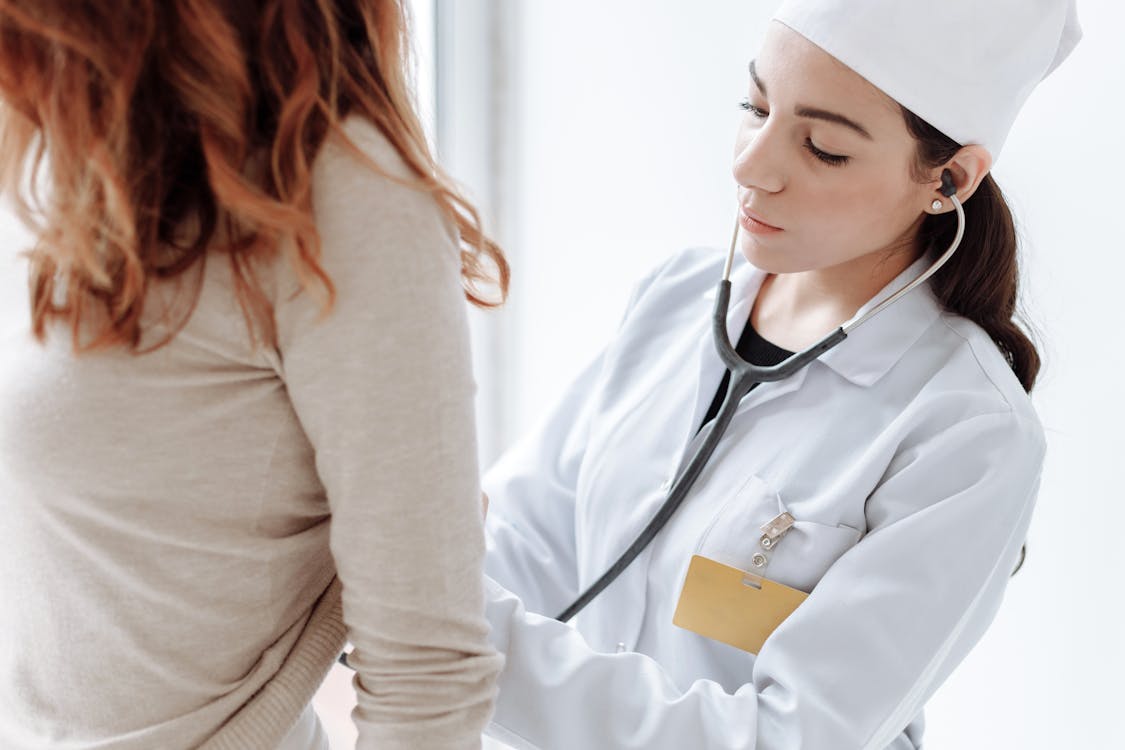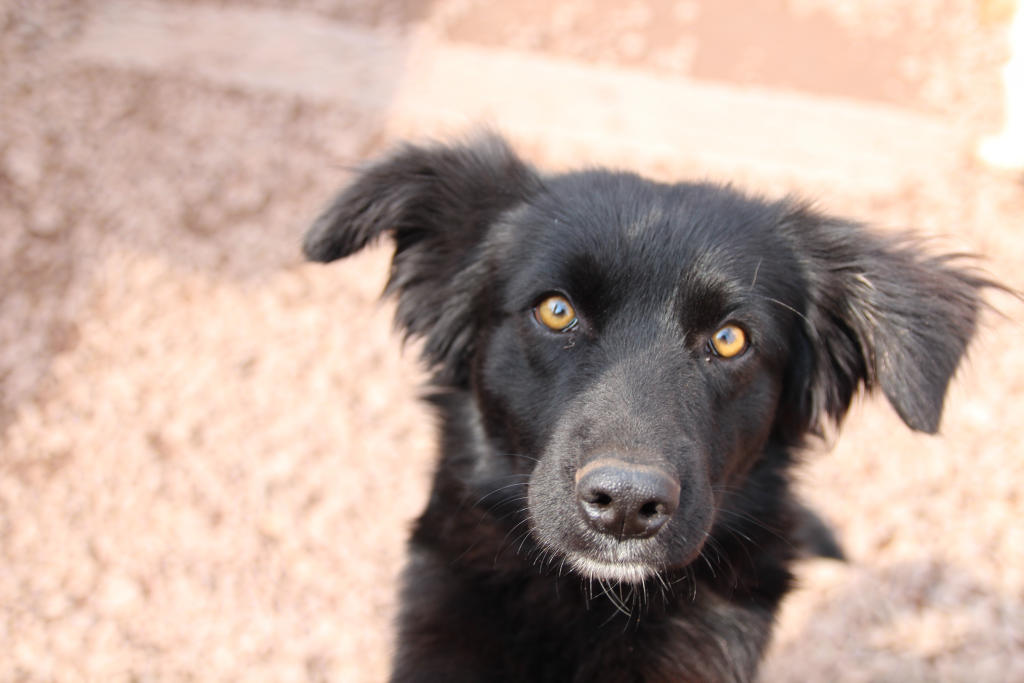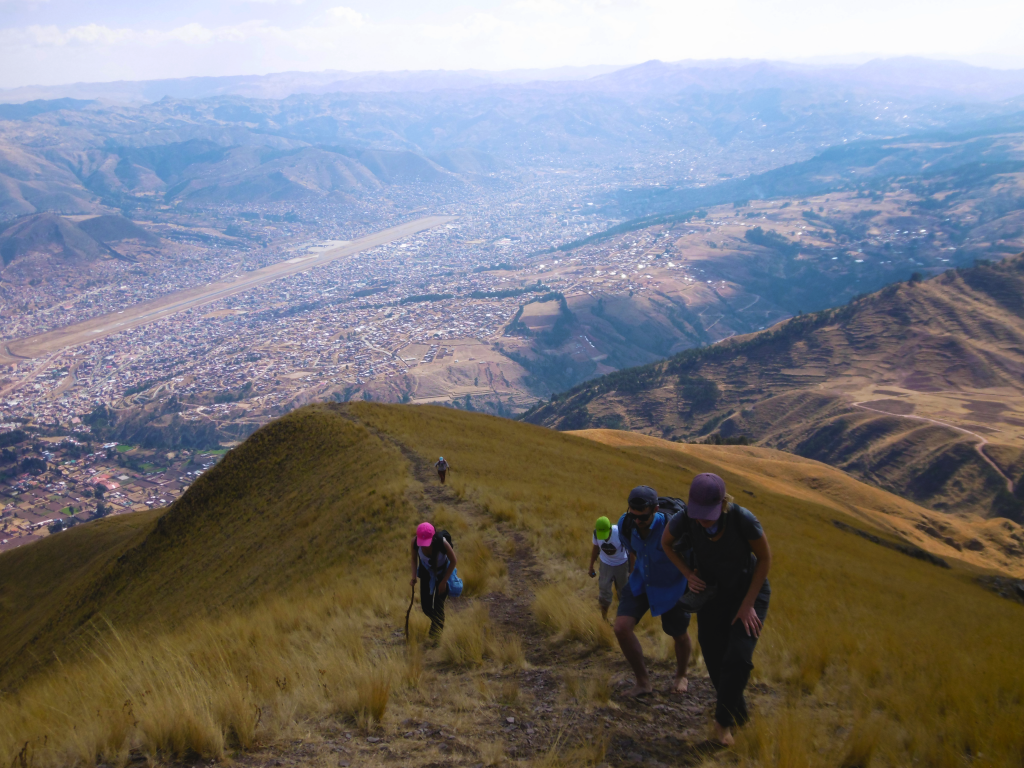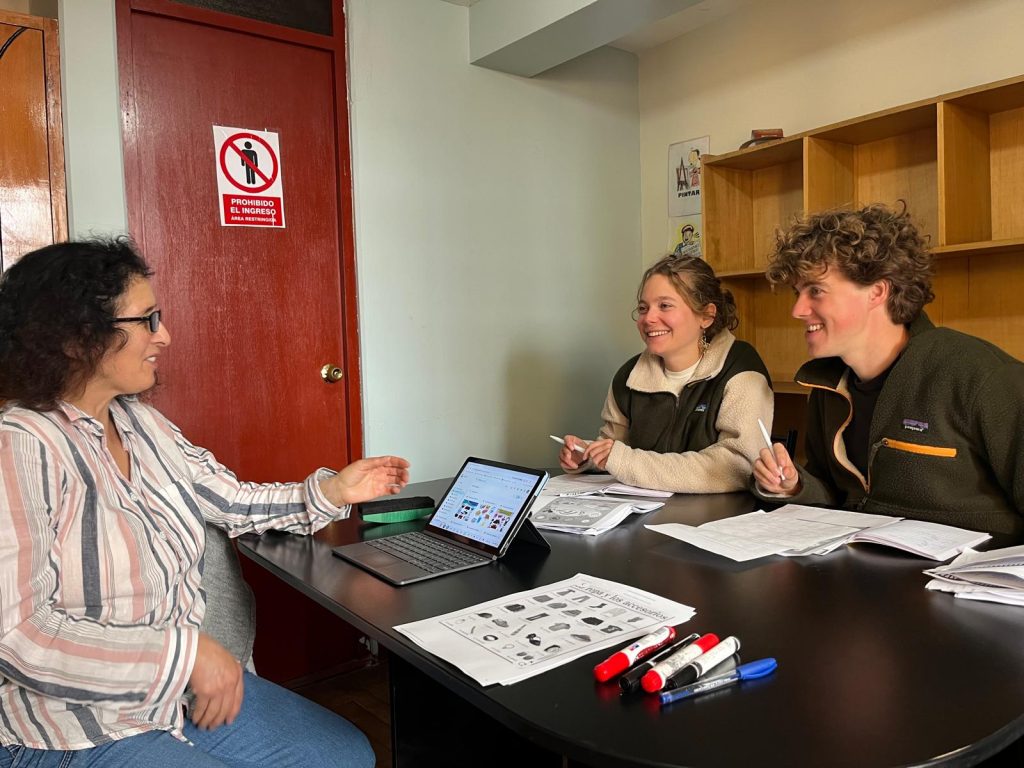
Do you value authentic travel experiences and genuine connections with the people, culture, and language of the places you visit? Are you someone who seeks personal and academic growth through adventure — willing to step into the unfamiliar to discover more about yourself and the world? If this sounds like you: at Proyecto Peru you can learn and grow through an authentic immersion experience.
Cultural Significance of Learning Spanish in Peru

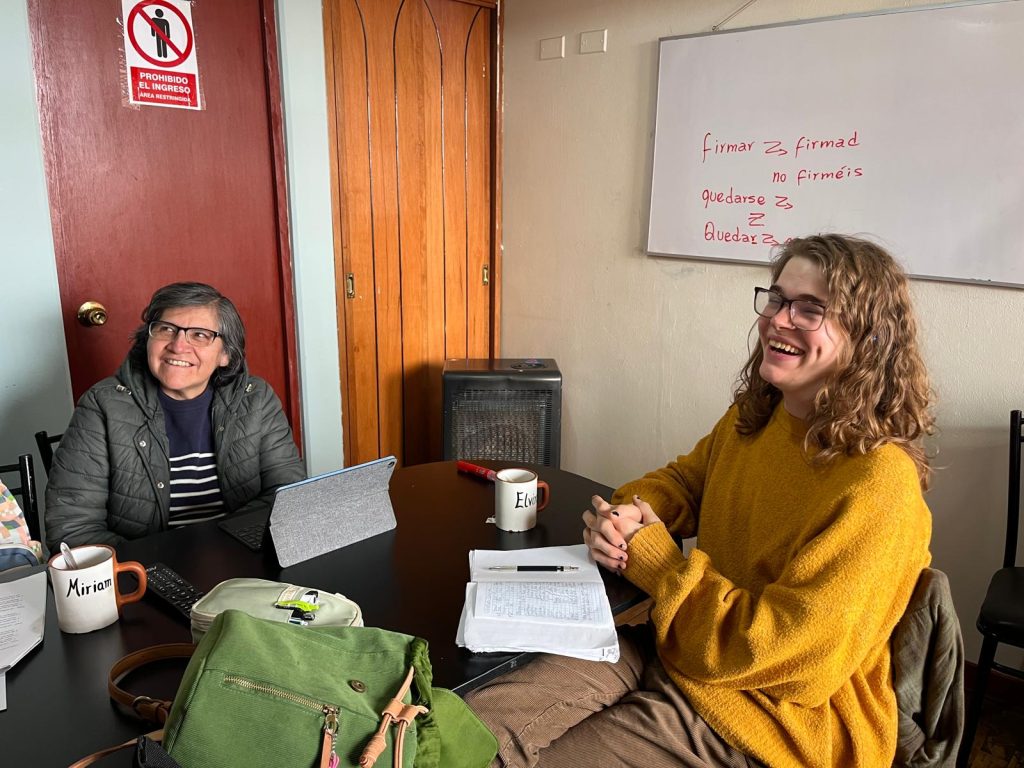
One of the main goals at Proyecto Peru is for our students and volunteers to grow and immerse themselves fully in the Cusqueña culture. That being said, one of the most effective ways to get the most out of your experience is to learn the local language. Whether you are staying in Peru for several months or a couple of weeks, even a basic understanding of Spanish can elevate your experience more than you can imagine!
The skills you learn in our Spanish courses will act as a guide while you explore the city of Cusco. Your Spanish will help you in connecting with people as you soak in the sights of the Sacred Valley, Machu Picchu, Lake Titicaca, and many more beautiful Peruvian landscapes.
Spanish Classes Offered at Proyecto Peru

Proyecto Peru offers a variety of class options – online, individual, and group – so you can choose your own Spanish learning experience that fits your style. Online classes are ideal if you want to start learning before arriving in Peru or any Spanish-speaking country. If you’re more of an independent learner or want to challenge yourself, individual classes are perfect. And if you thrive in social settings and enjoy learning with others, group classes offer a fun and interactive experience.
Whatever you decide, our Spanish classes and learning methods are designed for everyone – no matter your current comprehension level. Before you arrive, we will send you a short Spanish language exam so that your teacher can personalize their lesson plans for you! Additionally, all our Spanish teachers are expert, native Peruvian instructors who offer not only a great Spanish-learning experience but also firsthand knowledge of Peruvian and Cusqueña culture.
Volunteer Experience – Volunteering in Peru
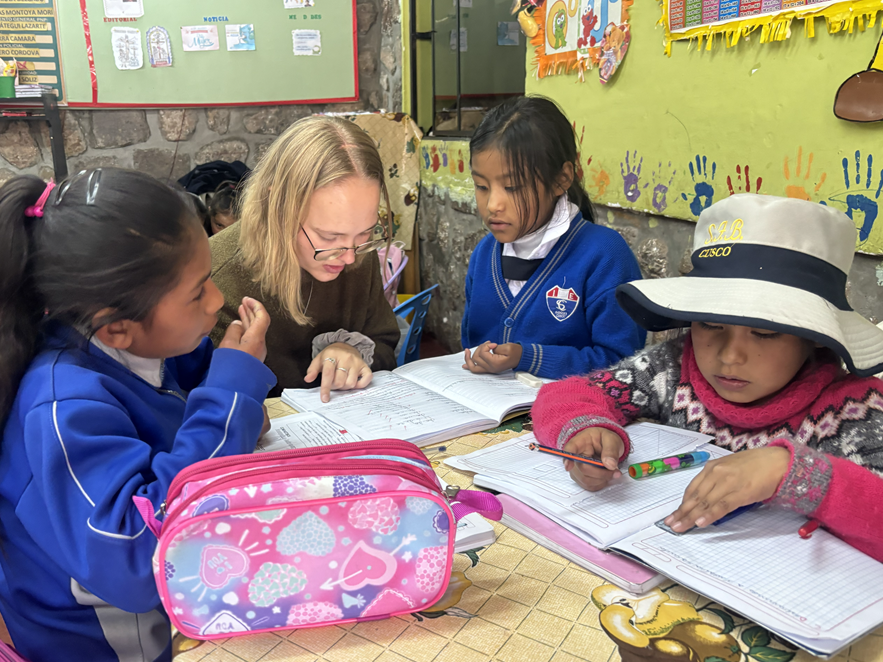
Volunteering in Cusco, Peru is one of the best ways to truly immerse yourself in the local culture. Proyecto Peru offers guidance and tips to help program participants to be successful in their volunteering, and that starts with learning the language. Many participants find that taking our Spanish courses alongside a volunteering experience greatly enhances their ability to connect and communicate during their placements. Since each program has a recommended level of Spanish comprehension, many choose to begin their lessons before starting their volunteer work. However, even if you arrive in Cusco with little to no Spanish, you will quickly pick it up through daily immersion in your volunteer organization homestay and the local community.
When you volunteer in Cusco with Proyecto Peru, you are not only contributing to a local organization’s mission, but also advancing your personal development by improving your Spanish.
Learn at Proyecto Peru
At Proyecto Peru, we believe that true growth comes from stepping out of your comfort zone and embracing the unknown. No matter your Spanish comprehension level, Proyecto Peru is here to support and inspire you. Whether you start learning online or wait until you arrive, investing in your language skills is investing in your journey — and in yourself.
Learn more about Proyecto Peru Spanish classes or Volunteer programs by clicking here or contacting us at info@proyectoperucentre.org.

